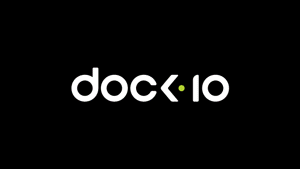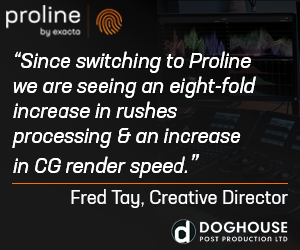Adobe Max has partnered with Red to remove the barrier of needing to physically move media, with Camera-to-Cloud integration built directly into the cameras
The cameras will require no additional hardware, and no hard drives. “This is more than just a technological first,” says Michael Cioni, Adobe senior director, global innovation creative product.”It’s a snapshot of the way every creative will work in the future.”
Red cameras have been C2C enabled through the use of the Teradek Cube 655. But with this innovation (available in late 2022), the Red V-Raptor and V-Raptor XL will be able to upload 8K Redcode RAW files directly to the cloud from the camera. (Although this currently requires access to high-bandwidth networking (wireless or ethernet).)
Productions that shoot on stages can deliver original camera files (OCF) directly to the post house as they’re being shot. Virtual productions or complex visual effects can send OCF directly to the VFX house. ProRes files can be automatically delivered right to production offices and cutting rooms for immediate editing. And RAW video and audio files can be synced, colour corrected, and transcoded in the cloud through integration with Colorfront.
The system enables a native ProRes proxy workflow that contains all asset metadata available in the camera. It’s a workflow designed to provide many of the same benefits of an OCF-to-cloud workflow, but requiring less network and processing infrastructure.
ProRes files are supported for playback on Frame.io, so these high-quality files are available to view, share, and edit without requiring additional transcoding. This means you can shoot 8K RAW with a frame-accurate ProRes proxy and upload the 8K RAW, the proxy (or both) as fast as your internet allows. And it accurately captures off-speed recordings.
Pippa Considine
Share this story


















